US-Sport
NFL: Third and Long: That’s why Rams and Saints are so strong
Christmas and Week 16 disappear in the rearview mirror, the regular season finale is just around the corner! But before playoff scenarios are rolled out, however, SPOX editor Adrian Franke looks back in his weekly column and looks back on two teams that have already received their post-season tickets: The New Orleans Saints and Los Angeles Rams are marked by their running backs. But how do they work? Plus: A packed mailbag with user questions about Derek Carr, the playoff race between Falcons and Seahawks, Cleveland, Christian Hackenberg and much more.
You also want to ask questions to the SPOX-NFL column? This goes directly to the author!
It took a while before the focus in the Rams’ contemplation passed from Jared Goff to Todd Gurley. While Goff has undoubtedly made progress and the quality of the offensive line is by no means comparable to last year’s, Gurley is the center of Sean McVay’s offense.
The Titans game was like a mini cosmos for that. Not only because Gurley had his first 100 yard receiving game in the NFL, but also because he is the first rams running back since Marshall Faulk was able to play over 100 receiving yards and two receiving touchdowns in one game. Not only because he cracked the 100-yard mark in the Run Game (118 YDS) in addition to 158 receiving yards. And not only because he leads the league in Scrimmage-Yards (2.093) and Touchdowns (19 – 13 Rushing, 6 Receiving).
Rather, the tape reveals how all these numbers come about schematically.
The first thing that stands out is something that also characterizes Kyle Shanahan’s offense – not to forget that McVay’s offensive coordinator Matt LaFleur worked as a quarterback coach under Shanahan in Atlanta in 2015 and 2016. Run-, play-action- and screen-games are very well connected with each other, both situational as well as schematic and personal.
Simply put, the rams are very good at surprising players with their play call in a variety of situations, while at the same time play-action, run and screen moves for the defense look very similar at first glance. Furthermore, McVay connects play action directly with a screen by deceiving the run to Gurley and throwing the pass to him at the moment the Defense reads it and orients itself elsewhere.
The route combinations of the screen passes are then chosen extremely efficiently, most evident in Gurley’s long touchdown catch. All the other routes clear the way, again McVay manages to give Gurley not only space, but also no more than a one-on-one duel.
This is not only noticeable in the screen designs. Even with regular plays there are always one-on-one situations for Gurley, who gets at least a short swing or flat route to the side or an angle route over the middle with almost every pass move. That gives Goff security.
Gurley is partly the center of pass moves even without screens, as can be seen in the first touchdown against Tennessee: Here, two receivers clear the way for the running back via a Rub-Route, so that one short pass is completely free standing in the end zone.
Gurley’s prominent role in passing as well as the good screen and play-action designs make the run game enormously easier – defenses simply don’t know what to expect. But if the rams want to just run the ball, this works with very good run-blocking on the one hand, but also with Gurley’s positive development on the other hand.
Where he broke out of the structure of the plot too often last season or did not trust blocking, you can now see other features: He has patience, he is looking for the right gaps – and he finds them. The run-blocking is better for worlds, the rams rely on one-on-one-blocking on the backside and on double-teams on the playside, in order to quickly take an O-liner to the second level against a linebacker.
It is remarkable how strongly McVay has built up his offense around Gurley. His presence facilitates many of the downfield concepts and is invaluable to Goff’s further development. Whoever’s in the L. A. Wildcard round. To take out Gurley must be number one priority.
A few weeks ago I had already had a brief look at the screen designs of the Saints, and those who remember will find a certain conceptual resemblance to the Rams. The Saints are also very good at combining run, screen and play-action moves and at the same time giving the running backs a free release on other routes.
In contrast to the rams, however, a fullback plays an even greater role in the Saints, so that screen passes from the I formation can be seen more often. New England is also making more use of this this year or, for example, is moving from I formation before the snap to a 5 receiver spread formation.
The Saints also make use of this means, and the trend towards using fullback as a kind of matchup player is particularly noticeable in Kyle Shanahan’s offense. New Orleans has statistically the best screen game of the season, no team produces more passport yards within five of the Line of Scrimmage’s yards and the Fullback has a not inconsiderable share of this.
The clou here is: If an offense comes out with a running back and a fullback, it’s very difficult for most of the defenses to find any (more or less) exotic sub-packages. Defenses are forced to act simpler because they have to respect the run and the fullback as additional blockers. Not only are the reads in the passing game defined more clearly, the offense can also dictate matchups much better.
At the same time, the fullback in the Saints’ offense also plays an important role as a real blocker. New Orleans uses it to back up the backside of screens and simply as a lead blocker from the backfield.
In this respect it is schematically a completely different run game than the Rams. During L. A. New Orleans pre-snap and backfield in general is much more active: motion and possible misdirection fakes, formations with Ingram and Kamara, both pre-snap being set up as receivers, the analyzed role of fullback, and so on.
The Saints use their backs much more as matchup weapons to expose coverages before the snap and to keep a simple defence simple in terms of personnel. The rams do this more with the play designs and formations and then hit the weak points that a defense presents to them. Both are very effective in their own way – and even New Orleans’ playoff opponents will have to turn off the running backs to be successful.
Page 1: The running backs of the Saints and Rams – what makes them so strong?
Page 2: QB Future, Carr, Falcons vs. Seahawks, Browns, Hackenberg – your questions


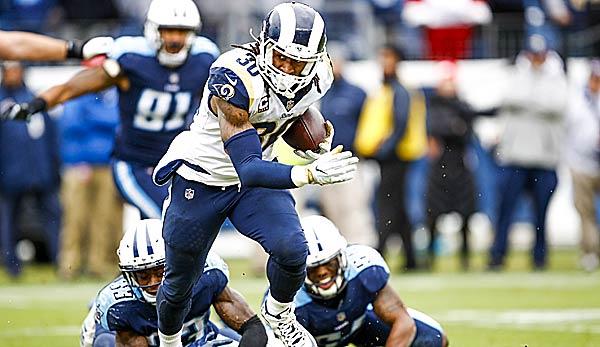

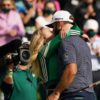


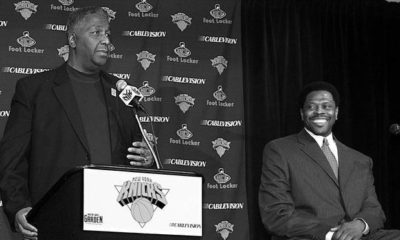
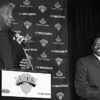
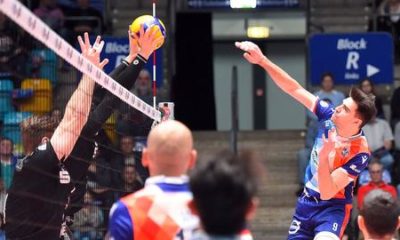
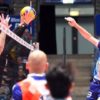
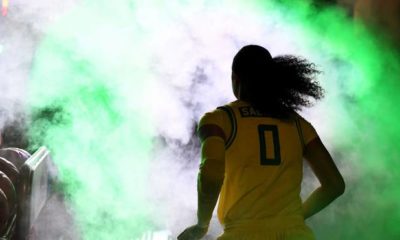
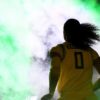


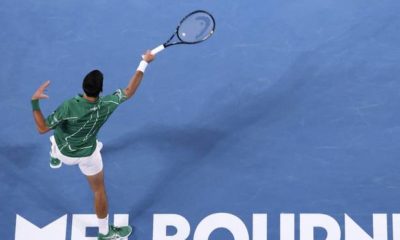
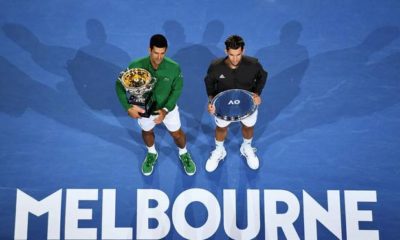

You must be logged in to post a comment Login